Topic: Ideas & Ideologies


Media › document
Lafayette to Adrienne Lafayette
In this letter to his wife, the Marquis de Lafayette describes his impressions of America soon after arriving in the United States. Lafayette, a French nobleman, quickly became a trusted...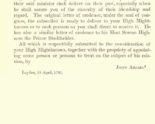

Media › document
Memorial to the States General
In this message, John Adams explains why the Netherlands should accept him as a legitimate diplomatic envoy. He discusses the many reasons why Americans rejected British rule and points out...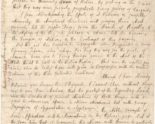

Media › document
Mercy Otis Warren to Catharine Macauley
This letter is from Mercy Otis Warren, a poet and playwright whose works advocated resistance against English oppression, to Catharine Macaulay, a famous British historian. Warren discusses the recent series...

Media › document
Notes of Proceedings in the Continental Congress
In this document, Thomas Jefferson recalls how the Continental Congress decided to declare independence and discusses why certain passages were deleted from his draft of the document. Some delegates demanded...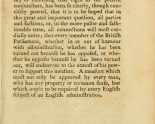

Media › document
Objections to Taxation
Soame Jenyns, a member of Parliament, wrote this pamphlet, The Objections to the Taxation of our American Colonies by the Legislature of Great Britain, in 1765. Jenyns defended Parliament’s right...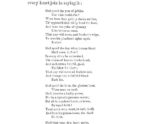

Media › document
Oration, Delivered in Corinthian Hall
In this powerful July 5, 1852 speech given in Rochester, NY, African-American abolitionist and former slave Frederick Douglass compares the freedoms being celebrated by white citizens on July 4 to...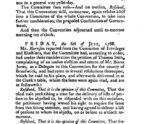

Media › document
Patrick Henry’s Remarks at the Virginia Ratifying Convention
This is a speech given by Patrick Henry at the Virginia ratifying convention. Suspicious of centralized authority, Henry opposed the ratification of the proposed Constitution. He said the new system...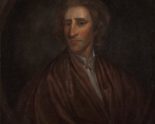

Media › image
Portrait of John Locke
John Locke (1632-1704) was an English philosopher and political theorist. His Enlightenment theories greatly influenced Thomas Jefferson and his writing of the Declaration of Independence. Locke’s portrait is in the...
Lesson Plan
Practicing the DBQ: APUSH “Changing Policy Towards American Indians and Jefferson’s Role”
This lesson will specifically cover a Document Based Question covering Thomas Jefferson’s views of Native Americans and connecting it to the American government Indian Policy. The focus is to assist...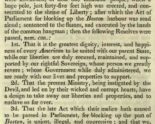

Media › document

